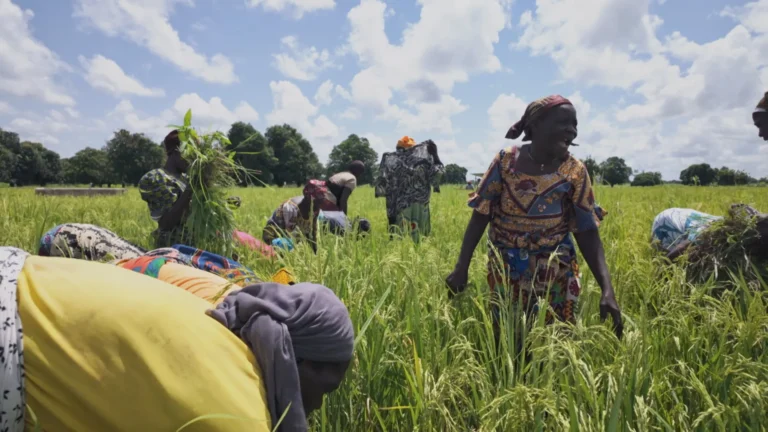
Mali has reported a notable increase in air travel during the first half of 2025, even as the number of flights operating in the country declined, according to a recent report from the Malian civil aviation authorities.
The report shows that more than 466,000 passengers passed through Malian airports between January and June, marking a 15% rise compared to the same period in 2024.
Postal services experienced even stronger growth, with volumes handled increasing by 51%, while air freight reached over 4.3 million kilos, reflecting the continued importance of air transport to the national economy.
Colonel Lassina Togola, Director General of Mali Airports, highlighted the contrasting trends.
“While the number of takeoffs and landings fell to 8,116, the increase in passengers and cargo demonstrates that airlines are optimising capacity and filling their aircraft more efficiently,” he said.
The decline in aircraft movements, down 11.7%, points to a rationalization of rotations aimed at balancing operational efficiency with growing demand.
The shift in air traffic patterns is closely linked to Mali’s changing geopolitical and diplomatic landscape.
Following tensions with France, Air France suspended flights to Bamako, prompting local authorities to sanction the airline for actions deemed contrary to national interests.
This departure created opportunities for regional and international carriers to fill the gap and encouraged the development of new local airlines, including the planned launch of Mali Airways.
Experts suggest these changes could strengthen Mali’s sovereignty in the air transport sector and promote regional integration.
The growth in freight traffic, vital for the movement of essential goods, is expected to benefit from new bilateral agreements and the potential establishment of a sub-regional logistics hub in Bamako.
For passengers, the evolving landscape is reshaping routes, with more travelers connecting through regional capitals. Despite the operational and diplomatic challenges, Mali’s air traffic data for the first half of 2025 confirms the sector’s resilience.
Authorities hope this momentum will support broader development goals and reinforce the country’s role in West Africa’s air transport network.



